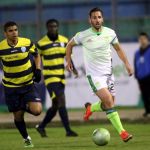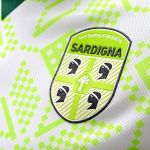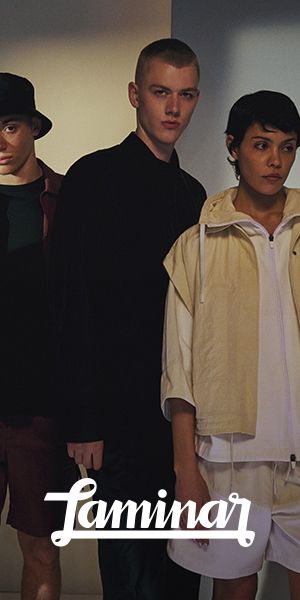
The Sardinia National Team
A special jersey for the debut of the team that will participate this summer at the Championships of independent nations
March 26th, 2019
The Natzionale Sarda de Bòcia - Sardinian national football team - is preparing for its International debut at the next European Cup, organized by CONIFA, the Confederation of Independent Football Association. This is the organization born in 2013 and independent from FIFA, which brings together those territories that are politically not autonomous but united by a strong and indistinguishable linguistic and territorial identity, such as Sardinia. For geographical and historical reasons, the island has preserved very strong traditions over the centuries, defending and protecting it also thanks to a strong sense of belonging of the population. Also due to the recent match of the Catalan football team, we wanted to retrace the history of Sardinian representations, from 1990 until the last game, won last March 17 in Nuoro.
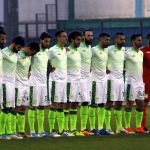
The National team joined CONIFA in the autumn of 2018 and the European Cup represent the first international event in which they will take part. For the occasion, the jerseys were redesigned, produced by EYE, not even to say, a company born on the island. The base is white, the geometric flower pattern, typical of many Sardinian craft objects, is green, a symbol of hope for rebirth. Knitting is a way to promote and enhance all that revolves around the sense of belonging to Sardinia and its traditions. In fact, the crest combines some of the symbols of Sardinian culture, such as the four Moor's heads and the cross of San Giorgio, at the center of which is the eradicated tree, effigy of the Giudicato of Arborea, the last of the independent states that were formed in Sardinia after the fall of the Byzantine Empire. The linguistic aspect could not be forgotten and appears in the words "Natzionale sarda de Bòcia", placed in the upper part of the emblem.
The history of the Sardinian team began in 1990, when a group of amateurs players were recruited for a match against the English National Team, in training camp for the Italia90 World Cup. That team, in which the only professional was Gianfranco Zola, took the field with a white suit with a blue collar and red shorts. The experience of the Sardinian National Team was not repeated until 1997, when was organized a friendly match with a strong political flavor against Corsica, won 1 to 0 wearing a totally red suit with the 4 Moors on the front. In this case, Zola was no longer the only professional in the field and the project seemed to be able to become something more concrete but the first federation took shape only in 2008, followed in 2012 by FINS (Federatzione Isport Nationale Sardu), founded by the party Sardinian independent politician.
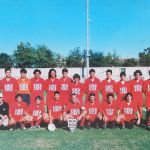
The jersey and the history of the island's national team raised our interest after the debut match in Nuoro, against a representative of "foreigners". In the list of the 50 players called there were also some Serie A players like Sau, Deiola and Murru. Professional clubs have prevented players from joining the match, except for Robert Acquafresca (now in Sion) and Paolo Dametto (Feralpisalò). This is just one example of how many regions are trying to assert their identity through football. The last example is Catalonia, the Spanish region that recently played its first game during the 'FIFA window', defeating Venezuela in a friendly match, with some great players on the pitch like Piqué, Bojan Krkic, Bartra and Aleix Vidal.
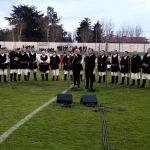
The CONIFA European Cup, now in its third edition, will take place in June in the Republic of Artsakh, the state on the border between Armenia and Iran, a self-proclaimed independent from Azerbaijan. In addition to the hosts and Sardinia, the other national teams will be: Abkhazia; Székely Land; Terre dei Siculi; County of Nice; Sápmi; Western Armenia; Donetsk PR; Chameria; South Ossetia; Luhansk PR and Padania, in the same group as the Sardinians. The most represented continent in CONIFA is Europe (29), followed by Asia (11), Africa (9), Oceania (3) and North-Central America (2).










































.png)


.jpg)







.jpg)





